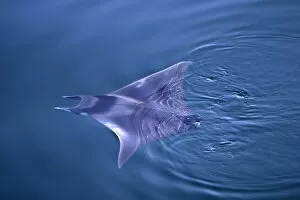Cortez Collection (#5)
"Cortez: Conqueror of Empires and Capturer of Cultures" In the annals of history, one name stands out as a symbol of conquest and exploration - Cortez
For sale as Licensed Images
Choose your image, Select your licence and Download the media
"Cortez: Conqueror of Empires and Capturer of Cultures" In the annals of history, one name stands out as a symbol of conquest and exploration - Cortez. This enigmatic figure, known by various names such as Hernan Cortes or Fernand Cortez, left an indelible mark on the world through his audacious exploits. One cannot discuss Cortez without mentioning his most infamous act - imprisoning Montezuma. In a daring move that forever altered the course of history, he seized control over the Aztec empire in Mexico. The clash between these two powerful leaders is immortalized in countless tales and paintings. Yet beyond this pivotal moment lies a tapestry of captivating stories. Imagine standing amidst palm trees at sunset in La Ventana, Baja California Sur, Mexico - a place where nature's beauty intertwines with echoes from centuries past. It was here that Cortez's emissary ventured into the fabled land of El Dorado, seeking untold riches and glory. The allure of Mexican landscapes continues to captivate even today. Brown pelicans gracefully soar above Cabo San Lucas, Baja Mexico - their elegant flight reminding us of the rich biodiversity that enchanted explorers like Cortez himself. The Battle of Otumba on July 7th, 1520 remains etched in our collective memory as a testament to courage and resilience. Hernan Cortes led his troops against formidable odds to secure victory for Spain in their quest for dominance over new lands. Artistic depictions offer glimpses into this tumultuous era. Anonymous paintings from the Spanish school transport us back to Madrid's Royal Palace during the 17th century - where scenes from conquests unfolded before royal eyes. Jules Desportes' vibrant illustrations from "Historia de las Indias de Nueva Espana y islas de tierra firme" bring color to historical accounts dating back to 1867-1880.












